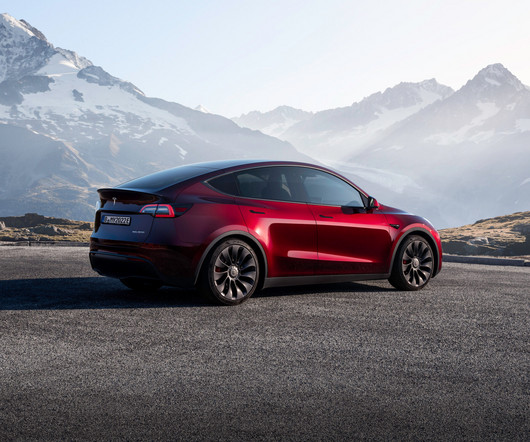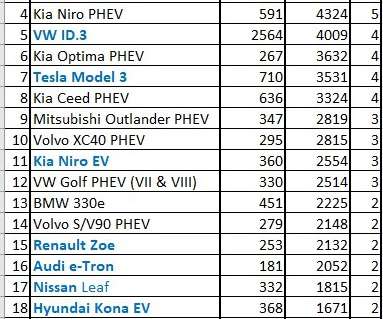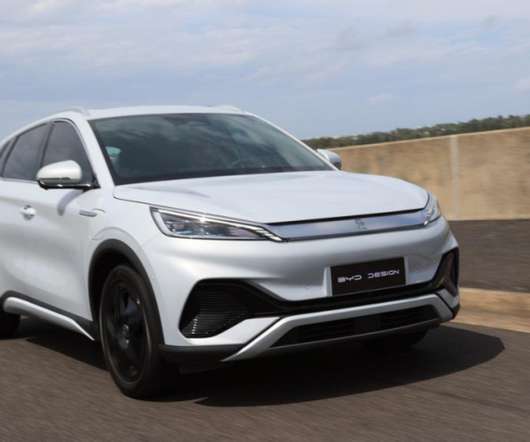New report finds global CO2 vehicle emission reduction measures falter; dropping diesels, increasing SUVs
Green Car Congress
MARCH 21, 2019
A total of 27 countries—including Sweden, Canada and the United Kingdom—saw the fuel economy of their fleets stagnate or worsen from 2015 to 2017. A key driver of the recent developments of the average fuel consumption include the rapid decline of diesel sales in several major vehicle markets, most notably in Europe.
















Let's personalize your content